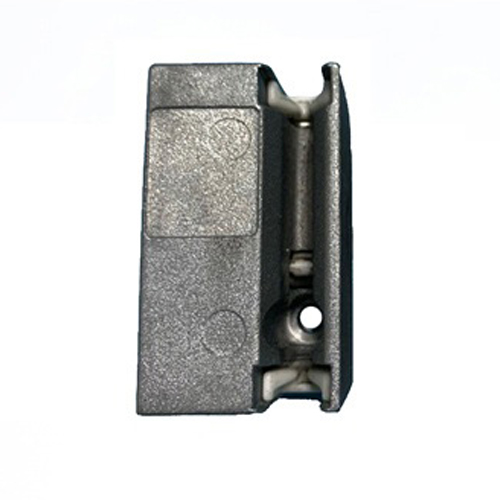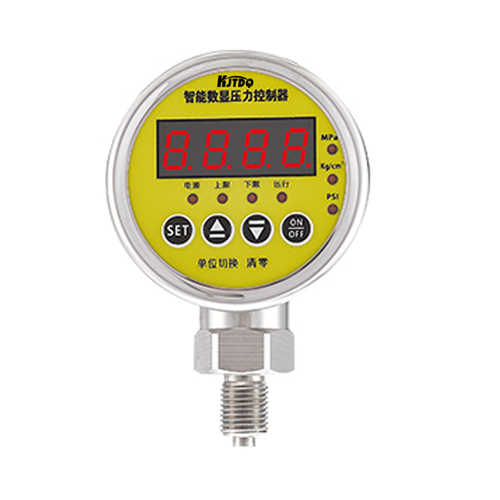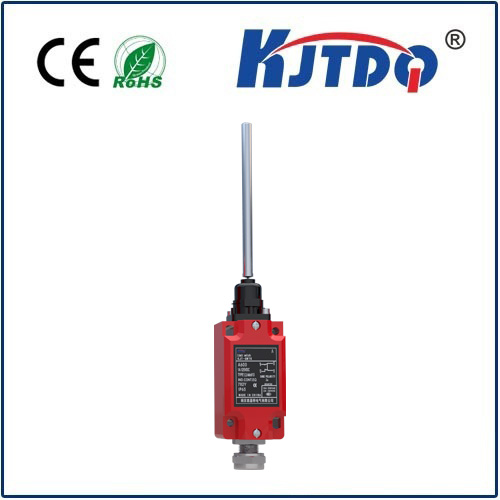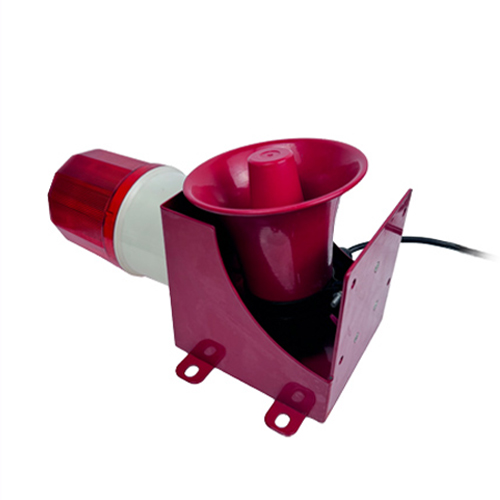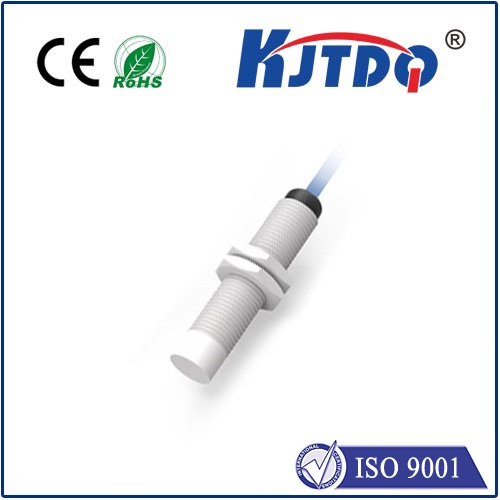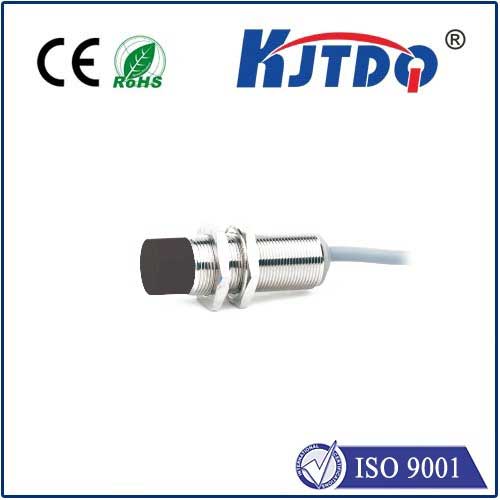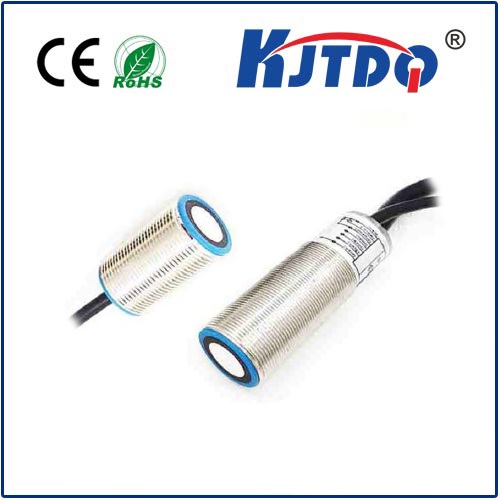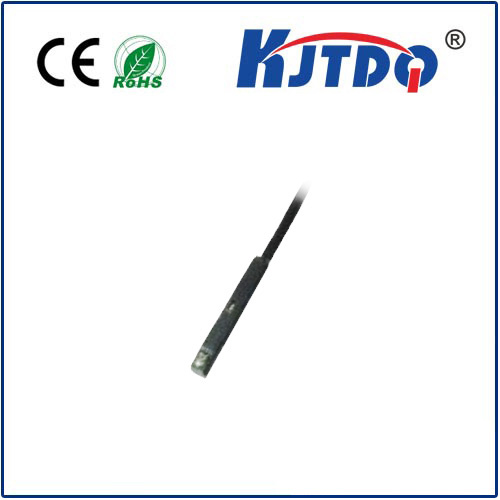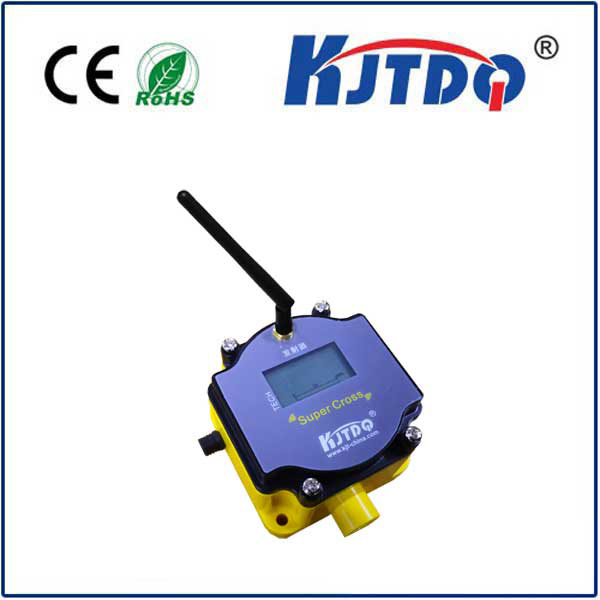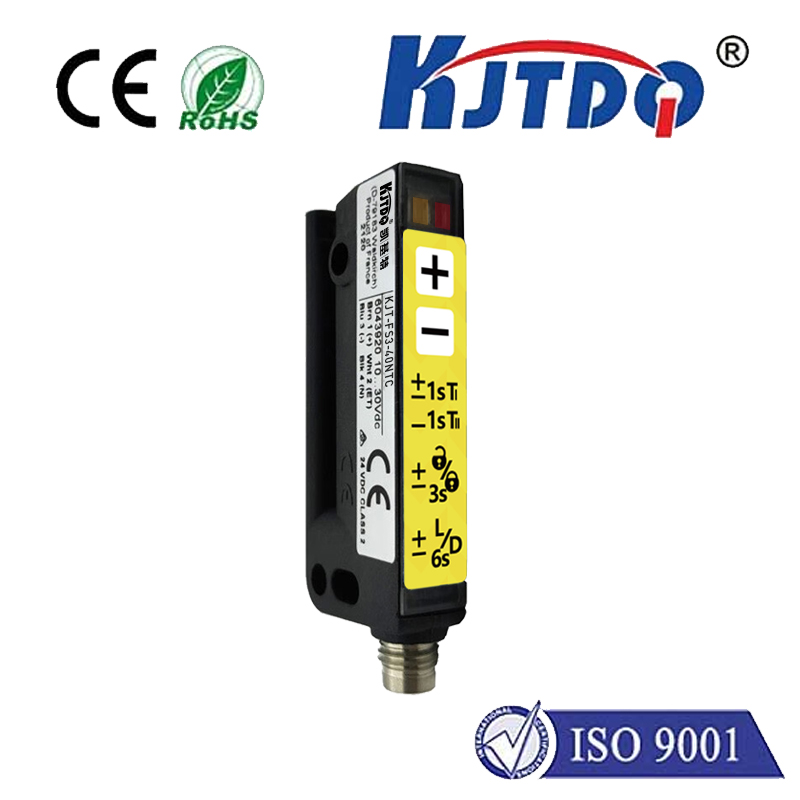

check

check

check

check

check

check

check

check

check

check
Title: Understanding the Importance of Vent Temperature Limit Switches
Vent temperature limit switches are crucial components in HVAC systems. These devices play a vital role in maintaining the efficiency and safety of heating, ventilation, and air conditioning units. In this article, we will explore the importance of vent temperature limit switches and how they contribute to the overall performance of HVAC systems.
Firstly, let's define what a vent temperature limit switch is. A vent temperature limit switch is an electrical device that monitors the temperature of air passing through a vent or duct. It is designed to shut off the HVAC system automatically when the temperature exceeds a preset limit. This prevents overheating and potential damage to the equipment, ensuring its longevity and proper functioning.

The primary function of a vent temperature limit switch is to protect the HVAC system from overheating. Overheating can cause severe damage to the system's components, leading to costly repairs or even replacement. By monitoring the temperature and shutting down the system when necessary, the limit switch helps maintain optimal operating conditions and reduces the risk of failure.
Another critical aspect of vent temperature limit switches is their contribution to energy efficiency. When the HVAC system operates at high temperatures for extended periods, it consumes more energy, resulting in increased energy costs. By controlling the temperature within safe limits, the limit switch reduces energy consumption and helps lower utility bills.
Moreover, vent temperature limit switches provide peace of mind for building owners and occupants. Knowing that the HVAC system has a built-in safety feature can help alleviate concerns about potential accidents or equipment failures. This enhances the overall comfort and security of the building's occupants.
In addition to their protective benefits, vent temperature limit switches also contribute to improved indoor air quality. By preventing excessive temperatures in HVAC systems, these devices help maintain consistent airflow and temperature control throughout buildings. This ensures that occupants experience comfortable and healthy indoor environments.
When selecting a vent temperature limit switch for your HVAC system, it is essential to choose a reliable and accurate model. Look for products that have been tested and certified by reputable organizations such as Underwriters Laboratories (UL) or other industry standards. Additionally, consider factors like installation requirements, compatibility with your HVAC system, and ease of maintenance when making your selection.
In conclusion, vent temperature limit switches are critical components in HVAC systems that contribute significantly to their efficiency, safety, and longevity. By monitoring and controlling temperatures within safe limits, these devices protect against overheating, reduce energy consumption, and provide peace of mind for building owners and occupants. When choosing a vent temperature limit switch for your HVAC system, prioritize reliability, accuracy, and compatibility with your specific needs.
